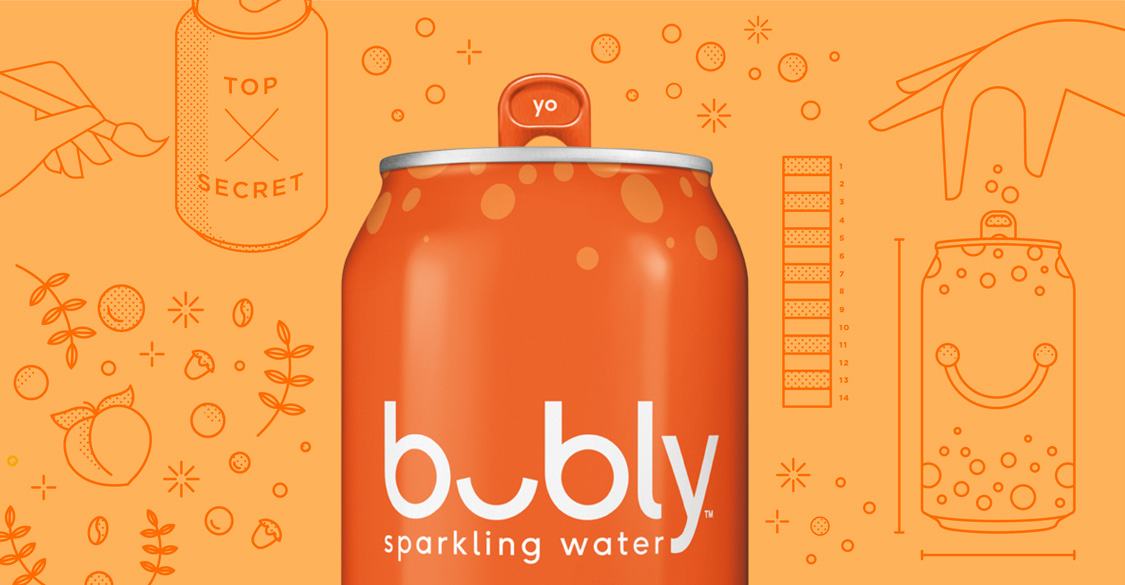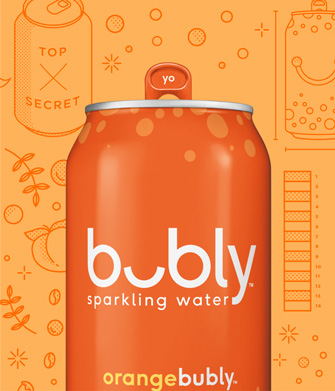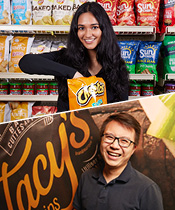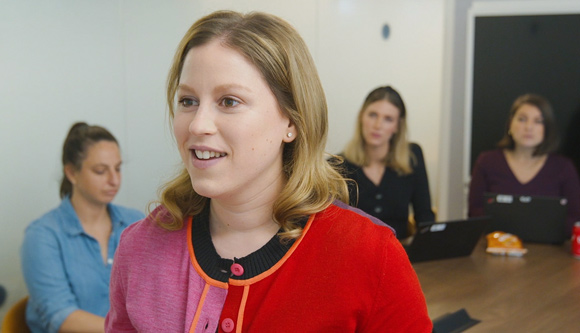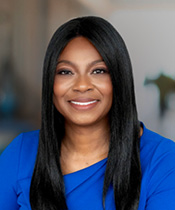In February 2017, Greg Lyons was barely a month into his new role as PepsiCo’s chief marketing officer when he saw an extraordinary opportunity: Sales of domestic sparkling water had doubled between 2015 and 2017. Yes, there were already a lot of choices for consumers, and PepsiCo could have just bought an existing brand. But Lyons believed his teams could develop a new sparkling water brand and do it better.
The Launch of Project X
Executives were worried they were almost too far behind the competition to catch up, so a sparkling water product had to be executed with lightning speed. That is where Project X (the original name for bubly) began.
Lyons convened a team and gave them just 60 days to come back with an idea for a new product that would compete in the space — and win. And one more thing: Whatever idea they sparked had to launch in 2018.
Step #1: Research and Insight
The push to develop new products in-house from the ground up had recently taken hold at PepsiCo. The starting point for any new product is consumer research, and the company has an entire department devoted to conducting research, acquiring data and analyzing all that research and data to know exactly what consumers are looking for.
Soon, something jumped out at Project X’s consumer research team: Most sparkling water brands on the market were somewhat stagnant heritage brands like Schweppes, S.Pellegrino and Canada Dry.
“We learned there was no one brand that truly owned fun,” says Joe McHugh, senior director, insights and analytics. PepsiCo had found its true north: Fun.



